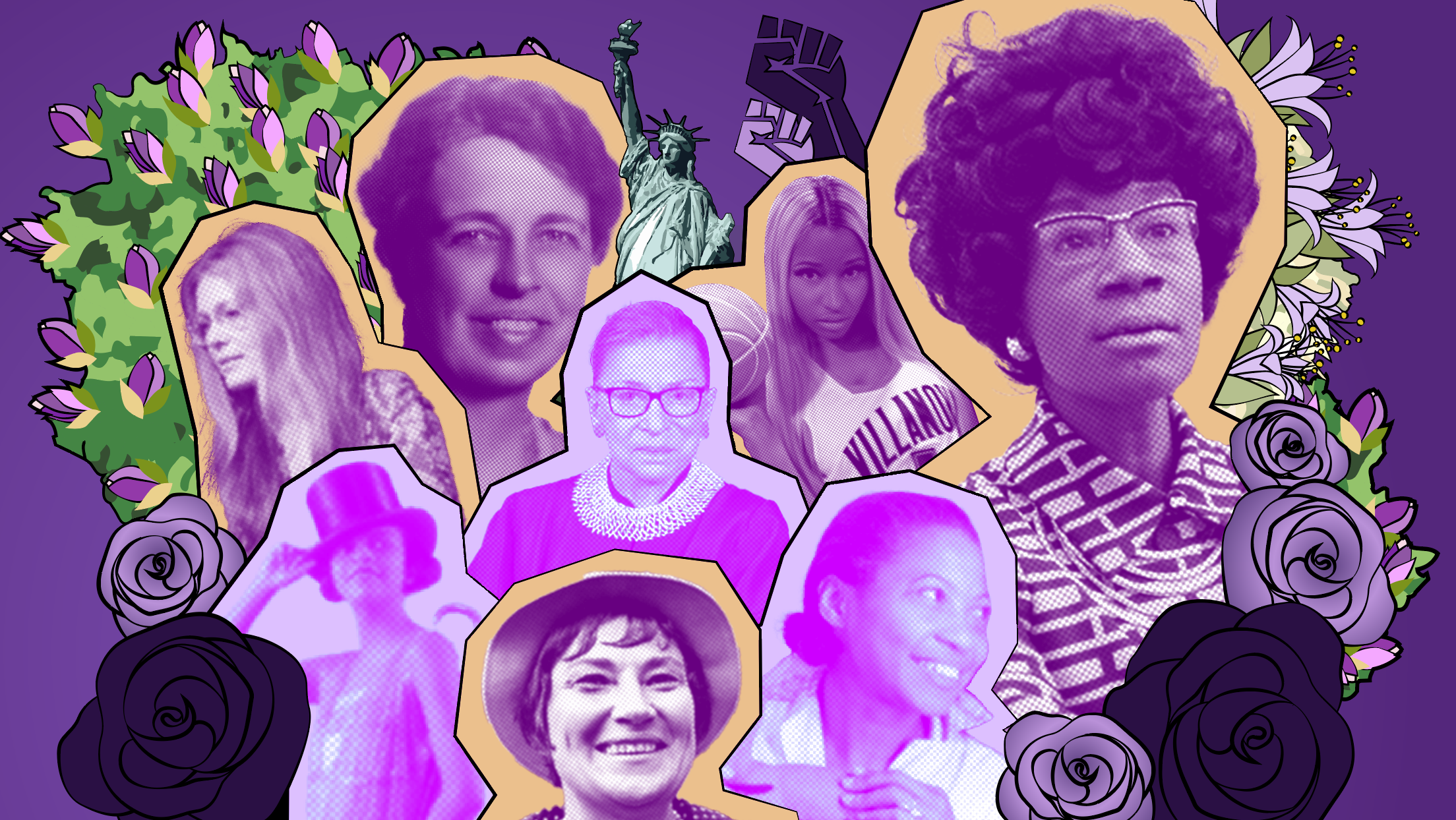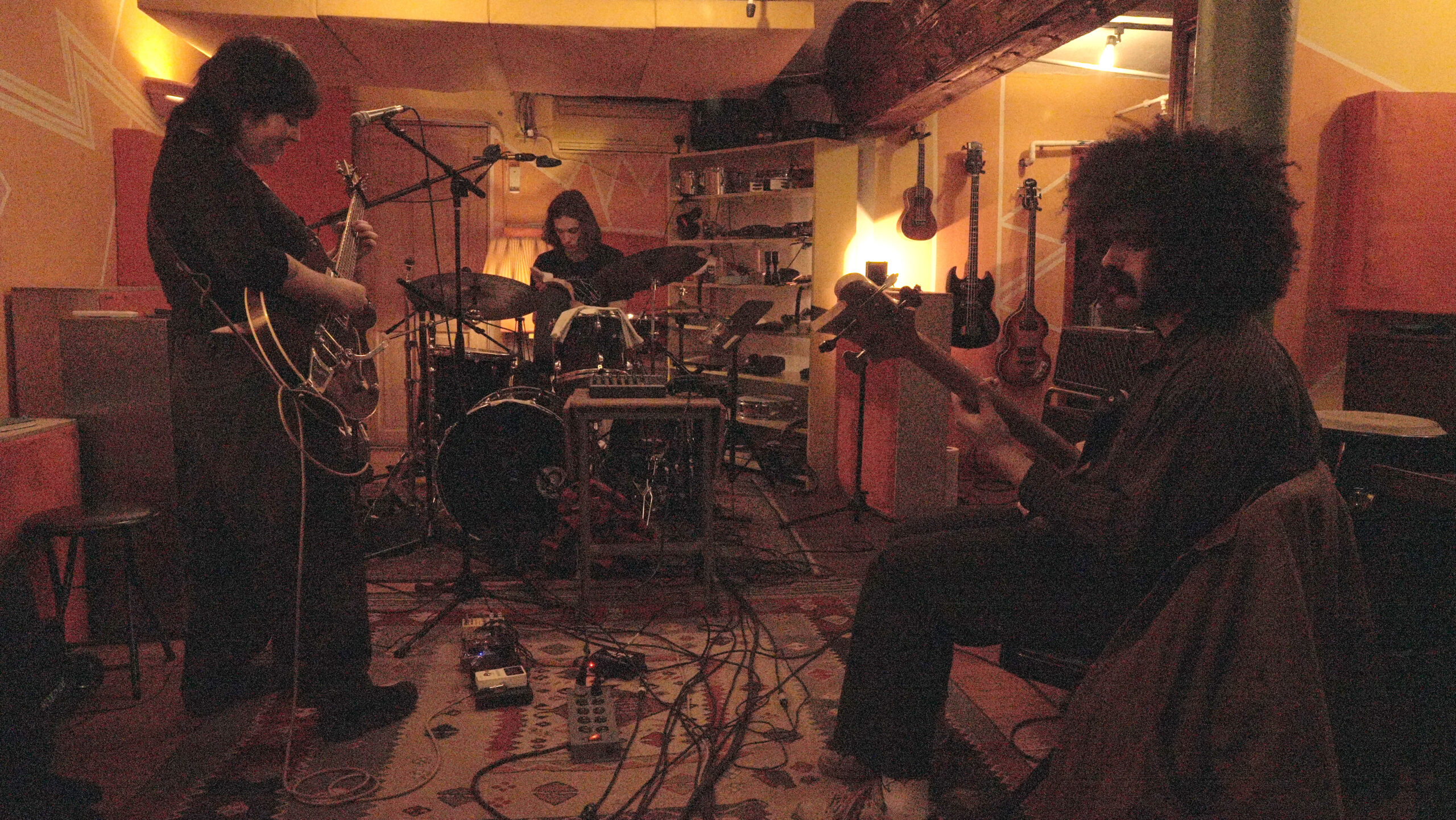We arrived at the corner of Canal Street and Broadway, breathing the polluted and unfamiliar air. The heart of the reproduction luxury goods industry was alive and well on this Sunday afternoon, and our task was simple: to locate the best replicated handbags on the street. We weren’t necessarily planning to purchase the best bag we could find under $300, but we wanted to uncover some of the mysteries that the infamous Canal Street was hiding.
Pushing through the kiosks and pop-up card tables that filled the sidewalk, we dodged unattractive, obviously fake handbags and sunglasses. As we made our way to the local shops, though, we realized the products there weren’t much different. In the storefronts we could see these “fakes,” their plastic catching light, attracting hundreds of tourists from the street. My group and I, however, weren’t the average Canal Street consumer. We were a group of Parsons students on a mission — and we quickly realized that what we were searching for wouldn’t be easy to attain. Visiting the various shops and kiosks, my classmates and I asked if there were any leather models of the handbags. “No, no, no, not here, nowhere” the owners would reply in broken English. Confused but still hopeful, my group and I continued our hunt for the best replicated bags — not the easily-attainable plastic ones gleaming on the street.
After several more similar encounters, we found a younger Asian woman on the street who, carrying a walkie-talkie, agreed to take us to the see the “real fake” bags. She introduced us to two elderly women, who presented a booklet filled with every style, from the most popular brands of wallets and backpacks to the fabulous thousand-dollar handbags. Phone calls were made and, before we knew it, we were following another woman down a side street deep into Chinatown. There, we entered a luggage shop, or at least that’s what the sign said above the door. After we entered, the door was shut quickly and locked from within. Two large suitcases were laid down, unzipped and presented before us were about 60 different replicated designer bags. The woman began naming the brands and shoving them into our chests for closer examination. The fixtures, tags, and stitching appeared nearly identical to the real ones we’d seen in the SoHo stores of Prada, Chanel and Louis Vuitton.
Typical Canal Street shoppers are attracted to cheap knock offs — Dolce & Gabbana sunglasses or obnoxious multi-colored Louis Vuitton Speedy bags, their logos crooked and misplaced to indicate fake status. Only savvy consumers know the right back doors or have the bravery to approach the elderly Asian women who act as runners, leading customers to higher quality goods. Although it isn’t too difficult to gain access to these back rooms and pop up shops, few consumers know where to look and are overwhelmed with the chaos of Chinatown. It is here though, in these dark alleys, locked rooms, and car trunks, where the real market lies. The bags you find here are not fakes — they are copies of handbags, replicated so well you wouldn’t know the difference if you saw them hanging at a boutique or luxury store.
Chinatown and small underground sweatshops have always been at the heart of the luxury industry, and show no signs of slowing down. This irritates designers, prompting raids and confiscations on underground and counterfeit operations each year. And there is no doubt that luxury designers lose some customers to the knock-off scheme. The black market does admittedly benefit designers to some extent. It offers a huge opportunity for free advertising and trending. It allows individuals who may not be able to afford an authentic bag to display the brand or style and change it easily. Normally, luxury bags are investment pieces in which most people build their wardrobes around. With replicas, there is no major financial loss if the consumer is unhappy with the product. Still the bottom line is that they use sweatshop labor and break copyright laws.
As Parsons students, we are constantly surrounded by innovative designers and a high standard of luxury goods. Encompassed by these fashion emblems, my group and I continually aspire to high levels of luxury. But in reality, we are still college students trying to pay our way through school. As young individuals, we are always on top of the latest trends, even with limited budgets. But we realize that the ethical costs of black market replicas are higher than the retail costs of authentic luxury bags. And as much as we enjoy bargain hunting behind the back doors of Canal Street, we stay in strong support of the authentic luxury bag industry.







Leave a Reply